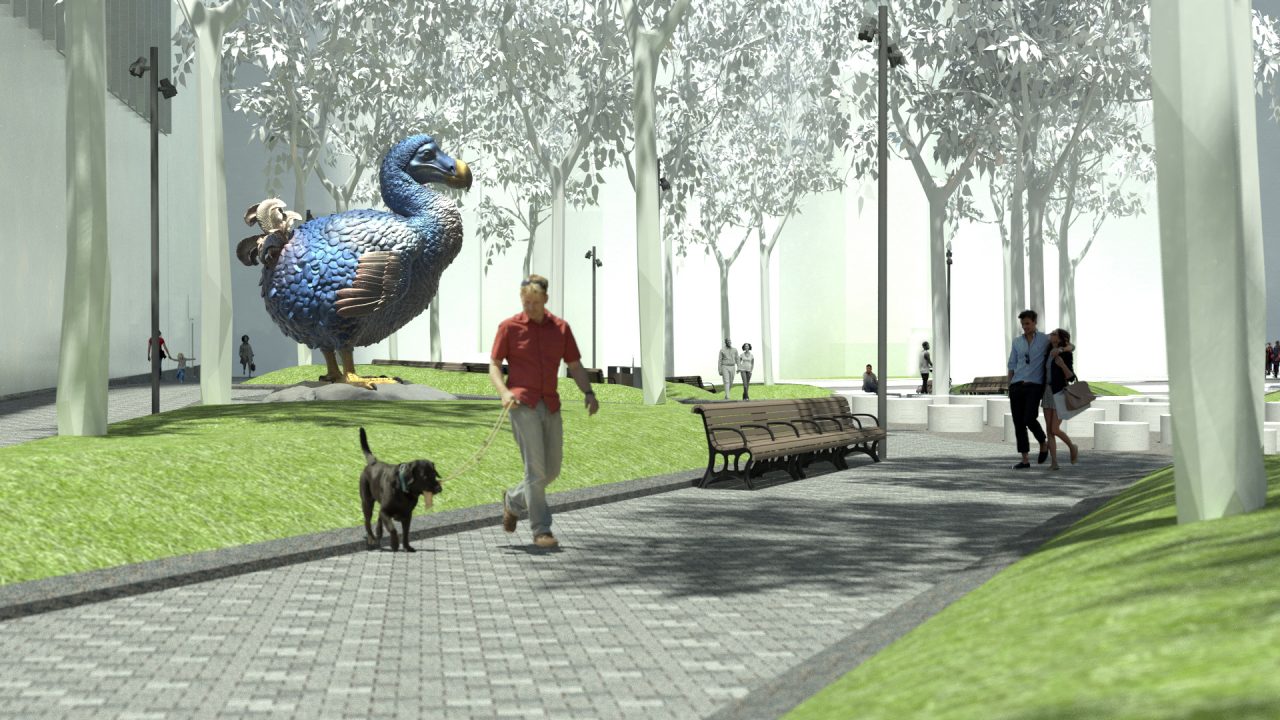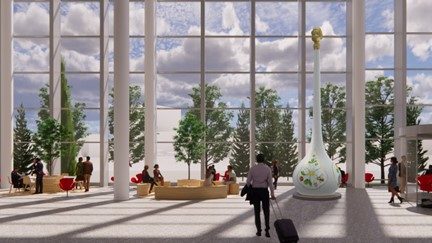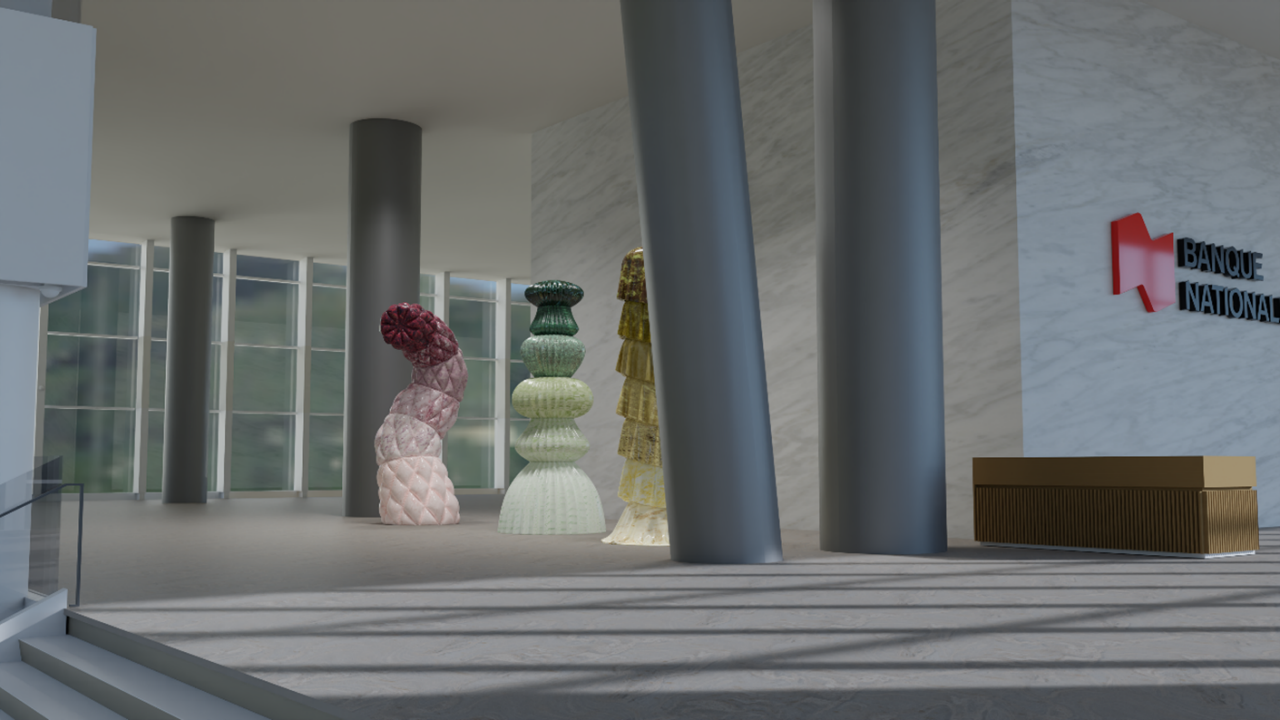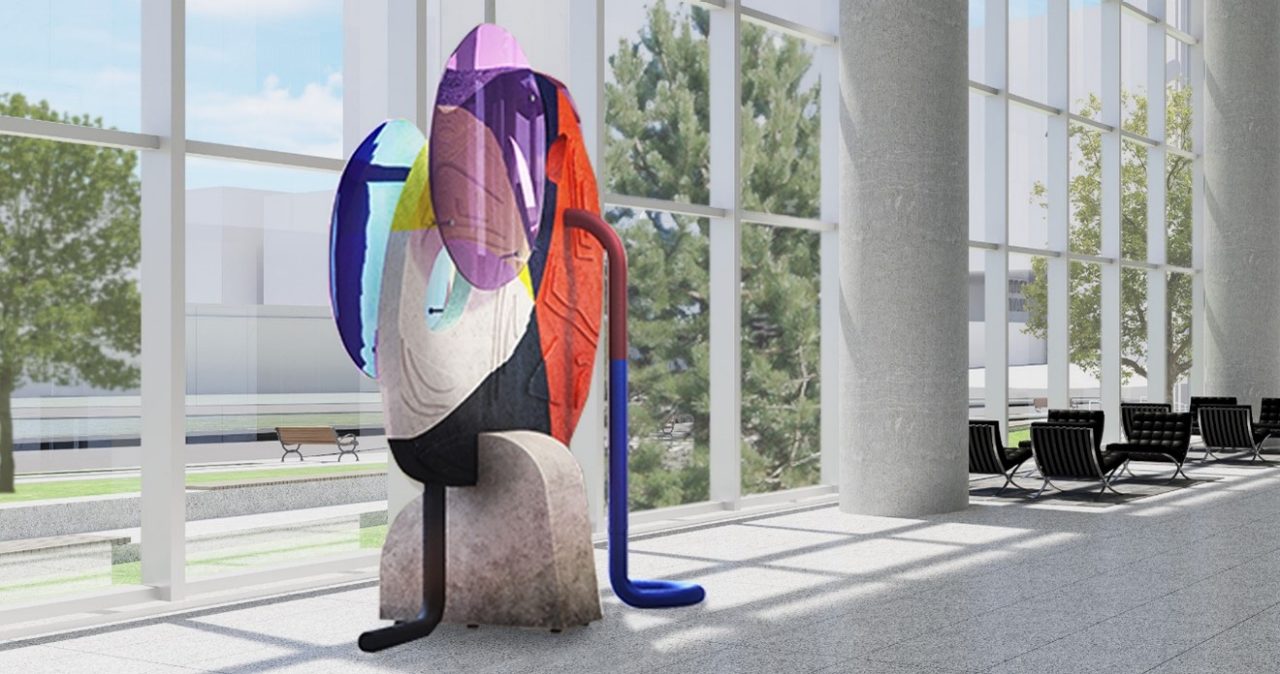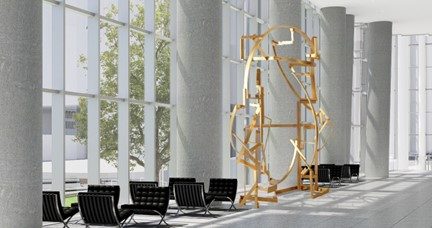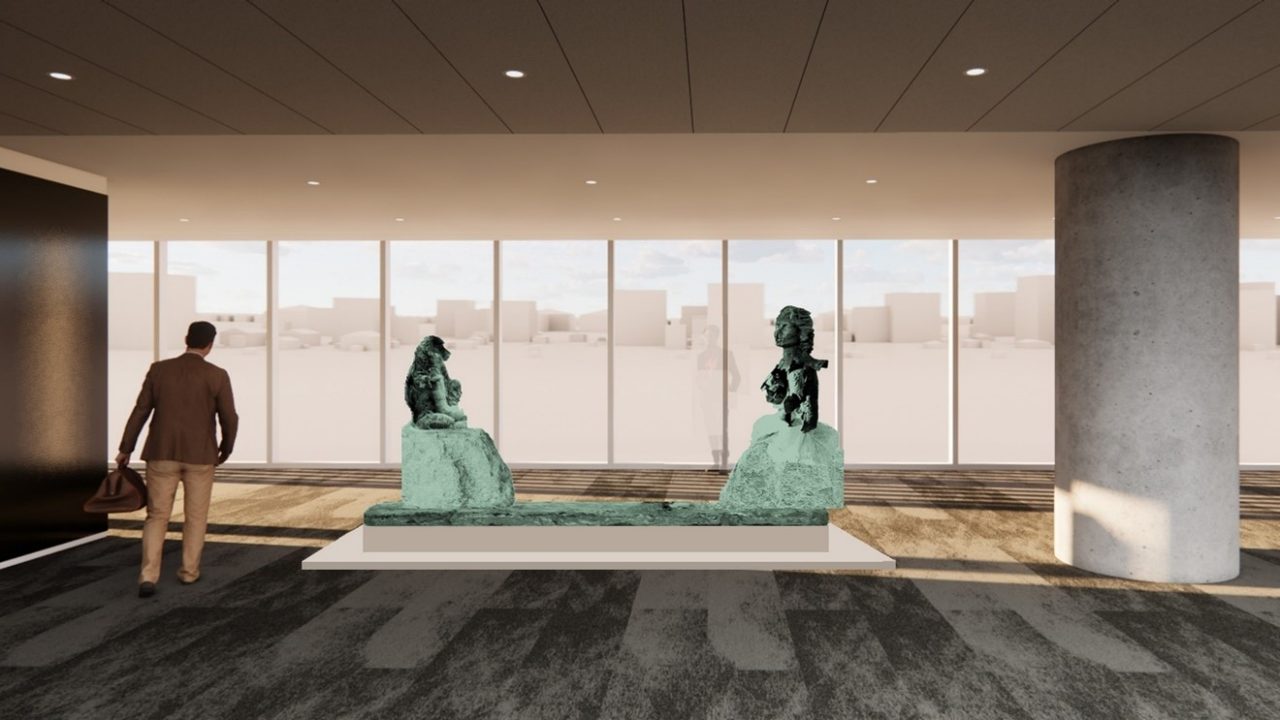National Bank [1] is pleased to announce the winners of its art competition. These pieces will be installed by the end of the year at National Bank Place, the Bank’s new head office at 800 Saint-Jacques in Montreal.
“I am proud of the selection committee’s choices. The works of art selected address important topics such as protecting the environment, the role of individuals in the community and our human ability to create connections. We look forward to sharing them with our employees, our clients, the Montreal community, and everyone who visits the park next to National Bank Place,” said Laurent Ferreira, President and Chief Executive Officer.
“It’s wonderful that the Bank is helping democratize art by installing a number of works at its new head office. We received many high-quality proposals, and I’m proud of each of our winners. The selection committee did some great work. These sculptures will directly contribute to enriching Montreal’s artistic landscape, while raising the profile of Canadian artists,” said Jo-Ann Kane, Curator of the National Bank Collection.
Selection committee
The selection committee was
responsible for nominating artists, evaluating preliminary proposals
and projects presented by finalists, and selecting winning projects.
The committee was made up of three recognized Canadian visual art
experts, with knowledge of public art, along with the architect and
the landscape architect responsible for designing the surrounding spaces:
- Sophie Beaudoin, Landscape Architect and Co-President, CCxA Landscape Architecture (for the park)
- Lesley Johnstone, Director, Exhibitions and Research, Musée d’art contemporain de Montréal
- Jo-Ann Kane, Curator, National Bank Collection
- Julie Morin, Partner Architect, Menkès Shooner Dagenais Letourneux Architectes (for the interior spaces)
- Naomi Potter, Curator, Esker Foundation in Calgary
National Bank Collection
As an active witness to the
evolution of Canadian art, the Bank has been acquiring works from the
nation’s most influential professional artists since 1971. With over
7,000 original works of art, this collection reflects the history of
Canadian art from 1895 to today.
By purchasing artwork, displaying it and lending it to museums, the Bank directly supports artists and creators across Canada, year after year. It helps promote Canadian artists while enriching the environment for thousands of employees and clients.
National Bank Place
The new head office building is 200
metres tall. It has 40 floors and covers an area of over 1,000,000
square feet. It is connected to Montreal’s underground city. It will
welcome more than 12,000 employees of the Bank and its subsidiaries
over the next year. The building will include a branch, a daycare
facility, a training centre, 400 bike parking spots, 100 charging
stations for electric vehicles and an outdoor garden on the 40th floor.
It is designed to take advantage of natural light and promote collaboration in user-friendly spaces while blending seamlessly into its surroundings. To obtain LEED v4 Gold and WELL certification, the building was designed to meet the strictest global standards in terms of sustainable construction.
[1] National Bank is acquiring these works of art through National Bank Realty Inc., a wholly-owned subsidiary of the Bank.
